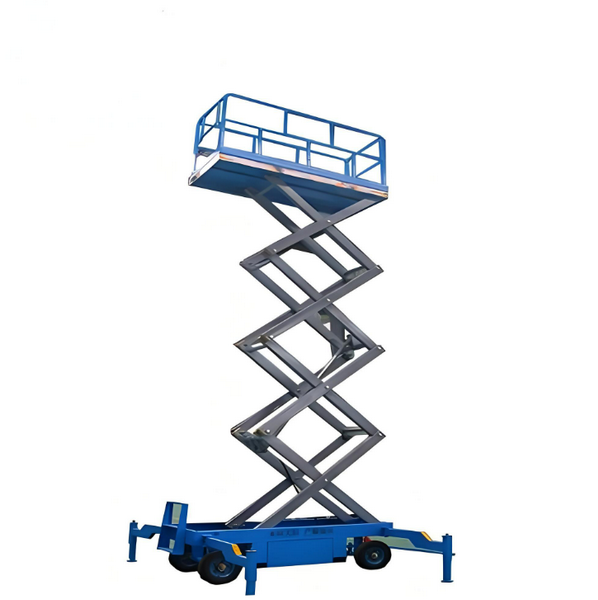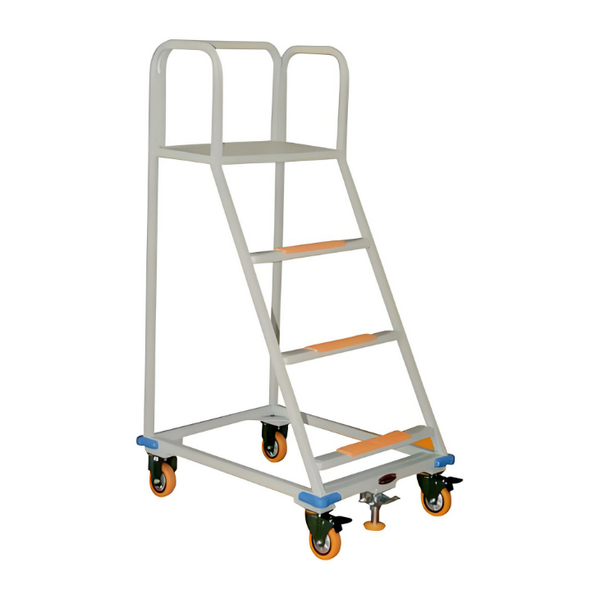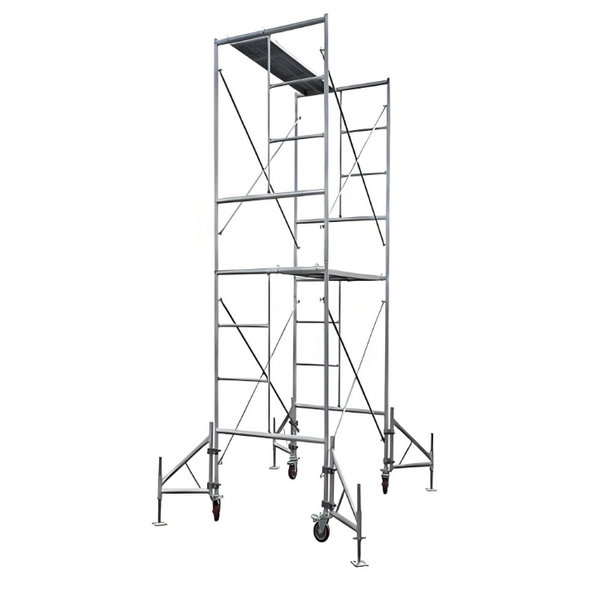Content Menu
● Understanding Movable Scaffolding Systems
● Key Features Enhancing Worker Safety
>> 1. Stability and Structural Integrity
>> 2. Guardrails and Fall Protection
>> 3. Locking Mechanisms
>> 4. Adjustable Height
● Best Practices for Using Movable Scaffolding Systems
>> 5. Regular Inspections
>> 6. Training Workers
● Advantages of Movable Scaffolding Systems
● Conclusion
● FAQ
>> 1: What is a movable scaffolding system?
>> 2: How do guardrails enhance safety in movable scaffolds?
>> 3: What materials are commonly used in movable scaffolding systems?
>> 4: How often should movable scaffolds be inspected?
>> 5: Are there specific training requirements for using movable scaffolds?
● Citations:
In the realm of construction, particularly in high-rise buildings, worker safety is paramount. A movable scaffolding system plays a crucial role in ensuring that workers can perform their tasks efficiently and safely at great heights. This article explores how these systems enhance worker safety, the features that contribute to this safety, and best practices for their use in high-rise construction.

Understanding Movable Scaffolding Systems
A movable scaffolding system is designed to provide a stable and secure platform for workers to perform tasks at various heights. These systems are typically equipped with wheels or casters, allowing for easy relocation around the job site. The flexibility of movable scaffolding makes it an invaluable tool in high-rise construction, where access to different levels is often required.
Key Features Enhancing Worker Safety
1. Stability and Structural Integrity
The design of a movable scaffolding system emphasizes stability. High-quality scaffolds are built with robust materials such as aluminum or steel, ensuring they can support the weight of workers and materials safely.
- Base Design: A wide base helps distribute weight evenly and prevents tipping.
- Bracing Systems: Diagonal braces enhance structural integrity, especially at greater heights.
2. Guardrails and Fall Protection
One of the most critical safety features of any scaffolding system is the presence of guardrails. OSHA regulations mandate guardrails on scaffolds over 10 feet high to prevent falls.
- Height Requirements: Guardrails should be installed between 38 and 45 inches high.
- Midrails: Midrails should be placed halfway between the top rail and the platform to provide additional protection.
3. Locking Mechanisms
To ensure safety while working at heights, movable scaffolding systems are equipped with locking mechanisms on their wheels or casters. This feature prevents accidental movement while workers are on the platform.
- Locking Casters: Ensure that all wheels have reliable locking features when stationary.
- Regular Checks: Workers should routinely check locking mechanisms before use.
4. Adjustable Height
Movable scaffolding systems often feature adjustable height settings, allowing workers to customize the platform height according to their specific needs. This adaptability helps maintain a safe working position.
- Height Adjustment Mechanism: Look for systems with easy-to-use height adjustment features.
- Multiple Levels: Some models allow for multiple platform levels, enhancing versatility.

Best Practices for Using Movable Scaffolding Systems
5. Regular Inspections
Conducting regular inspections of the movable scaffolding system is essential for maintaining safety standards. Inspections should focus on:
- Structural Integrity: Check for any signs of wear or damage.
- Safety Features: Ensure guardrails, locking mechanisms, and platforms are in good condition.
6. Training Workers
Training is vital to ensure that all workers understand how to use movable scaffolding safely. Training should cover:
- Proper Assembly and Disassembly: Workers should know how to set up and take down scaffolds correctly.
- Safety Protocols: Emphasize the importance of using personal protective equipment (PPE) such as harnesses when necessary.
Advantages of Movable Scaffolding Systems
1. Increased Mobility
- Movable scaffolding allows workers to easily relocate their work platforms without disassembly, enhancing efficiency on job sites.
2. Enhanced Safety Features
- With built-in guardrails, locking mechanisms, and adjustable heights, these systems prioritize worker safety at all times.
3. Cost-Effectiveness
- The ability to quickly move between tasks reduces labor costs and project timelines significantly.
4. Compliance with Safety Regulations
- Many movable scaffolds are designed to meet OSHA standards, ensuring compliance with safety regulations.
Conclusion
In conclusion, a movable scaffolding system significantly enhances worker safety on high-rise buildings through its stability, safety features, and ease of use. By incorporating guardrails, locking mechanisms, and adjustable heights, these systems provide a secure working environment that minimizes risks associated with working at elevated heights. Regular inspections and proper training further ensure that safety standards are maintained throughout the construction process.

FAQ
1: What is a movable scaffolding system?
A movable scaffolding system is an elevated work platform mounted on wheels or casters that can be easily relocated around a job site for various construction tasks.
2: How do guardrails enhance safety in movable scaffolds?
Guardrails prevent falls by providing a physical barrier at the edges of the scaffold platform, which is crucial when working at heights above 10 feet.
3: What materials are commonly used in movable scaffolding systems?
Movable scaffolds are typically constructed from lightweight yet durable materials such as aluminum or steel to ensure stability while maintaining portability.
4: How often should movable scaffolds be inspected?
Regular inspections should be conducted before each use and periodically throughout the project to ensure all components are in good condition and functioning properly.
5: Are there specific training requirements for using movable scaffolds?
Yes, workers must be trained in proper assembly, disassembly, and safe usage practices for movable scaffolds to minimize risks while working at heights.
Citations:
[1] https://justscaffolders.com/scaffolding-in-high-rise-construction-challenges-and-solutions/
[2] https://vocal.media/photography/the-role-of-scaffolding-in-high-rise-construction
[3] https://www.scaffoldingsolutions.com/articles/recent-scaffolding-safety-guidelines/
[4] https://meva.net/en-us/climbing-scaffolding/
[5] https://www.alpinepainting.com/blog/why-experience-is-a-must-swing-stage-scaffolding-for-high-rises
[6] https://securescaffold.co.nz/how-mobile-scaffolding-is-revolutionising-construction-safety-efficiency/
[7] https://www.scaffoldingsolutions.com/articles/11-scaffolding-safety-tips/
[8] http://www.osha.gov/etools/scaffolding/suspended/two-point






















